What To Mix With Pro Mix For Vegetable Gardens
Over the past 5 years I've tested all sorts of potting soil in my organic garden, from generic brands to in-house nursery blends and even my own DIY mixes. After trying all the options out in my home garden, the ProMix line of potting soils has come out on top as the best potting soil for me. Here's why ProMix soil worked better for me than the other types of soilless potting mix.

ProMix Soil: High-Quality Potting Soil For Organic Gardeners
ProMix is a high-quality plant growing medium. The ProMix soil line is known for offering a variety of potting mix options, some of which are listed as safe for organic growing. My favourite potting mixes are the Organic Vegetable & Herb Potting Mix and the plain ProMix HP peat moss+perlite bales. The seed starting mix consistently performs well too.
Here are links to the manufacturer's website with all the details for each of these potting mixes:
- Pro-Mix Organic Vegetable & Herb Potting Mix
- Pro-Mix HP High-Porosity Growing Medium
- Pro-Mix Organic Seed-Starting Mix
The Vegetable & Herb Mix is perfect for my indoor and outdoor container gardens, as it includes plant food that is safe for organic gardening. The ProMix HP adds air and bulk to my large planters and raised beds, and also works well for microgreens indoors. And the seed-starting mix is perfect for getting my homegrown tomatoes, nasturtiums, and organic pumpkins off to a good start indoors in the early spring.


Where to Find Pro-Mix Soil
Pro-Mix Vegetable and Herb Mix is available on Amazon in the US at the links in the section above. Amazon also carries ProMix HP and ProMix BX (the large bale types of promix soil). Here in Canada, I buy Pro-Mix from Home Depot, Home Hardware, or one of our many wonderful independent garden centers. Check out the Pro-Mix store locator to find a retailer near you.
The ProMix line clearly lists ingredients for all ProMix soil on product packaging and on their website. A detailed ingredient list helps prevent accidentally contaminating your organic garden with synthesized chemical fertilizer…which is actually quite a common organic gardening mistake.
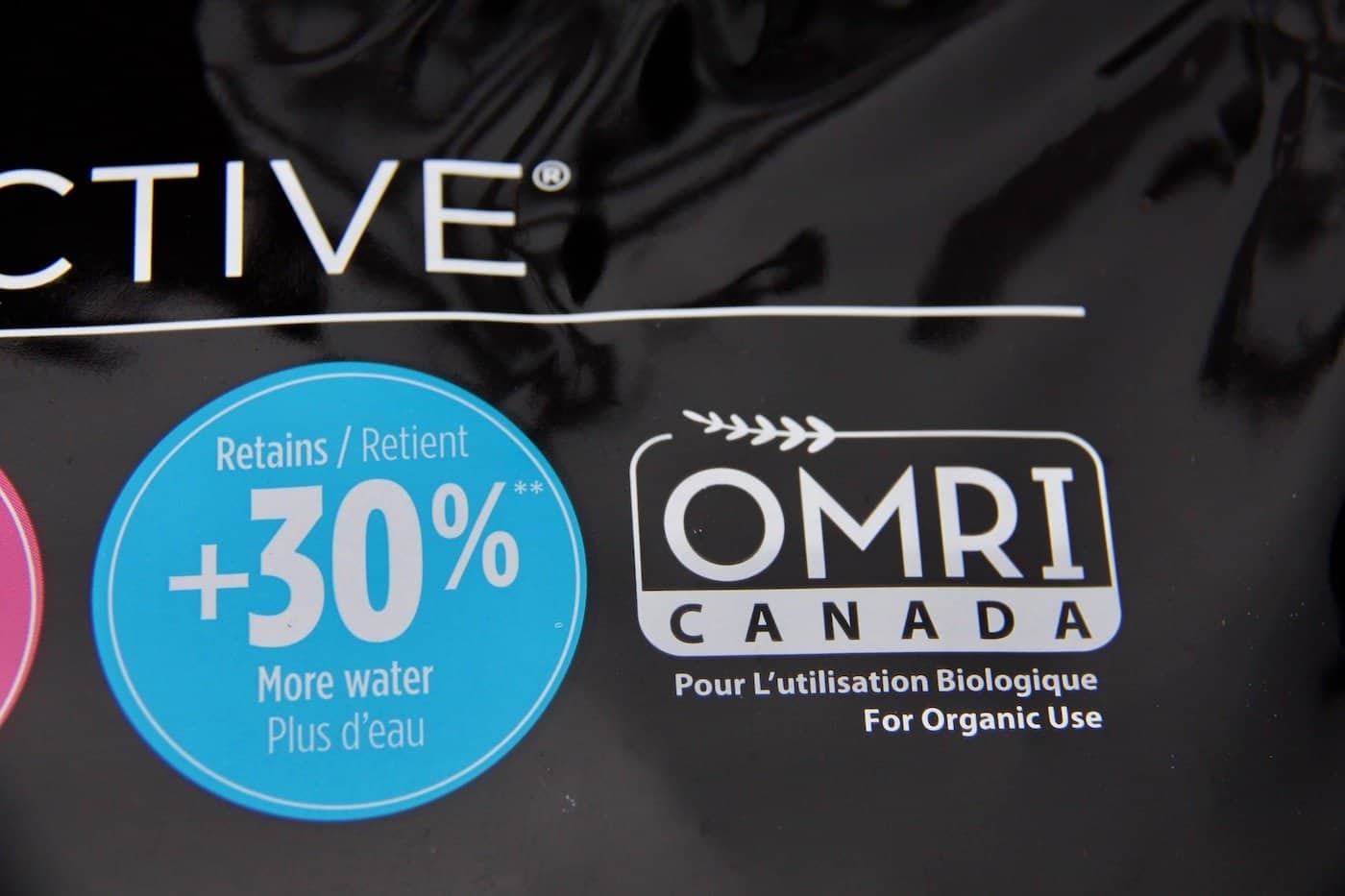
What Makes Great Organic Potting Soil?
For any gardening supplies, I always look for potting soil that is safe for organic gardening, with high quality ingredients and no manufactured chemicals or contaminants. The OMRI-Listed logo is a good thing to look for when shopping. You can also look up any product on the OMRI website to see if it is listed as approved for organic use. Approved products are issued a certificate. Generic products can also be looked up (not just brand name products).
In addition to checking for organic certification, it's important to check the ingredients. There can be a very wide range of ingredients in potting soils. Some consist almost entirely of filler ingredients (like composted lumber byproducts or manure), while others are more carefully formulated and tested to support healthy organic plant growth. The best organic potting soil has to have the best ingredients. Good ingredients lead to healthy plant growth and low potential for contamination and disease.
Most high-quality premium potting soils have similar ingredients. The best potting soil usually consists of peat moss or coconut coir for bulk volume, perlite or vermiculite for porosity (voids for air and water), and some sort of organic plant food. These mixes are often referred to as soilless potting mix as they don't contain any soil mineral particles. Many DIY potting soils, like my own potting soil recipes or Mel's Mix from Square-Foot Gardening, are also based on this general mix (often with homemade compost as the plant food).
The OMRI-Listed status of many ProMix products indicates the mix is approved for organic use. This is how I originally came across Pro-Mix Premium Organic Vegetable and Herb Mix. I was looking for an organic potting mix option for my container gardens and saw the OMRI organic logo.
Disclosure: Since originally testing various potting mixes, I've received free potting soil from Pro-Mix to test in my garden. I wouldn't use it in my own organic garden if I didn't trust it wholeheartedly.
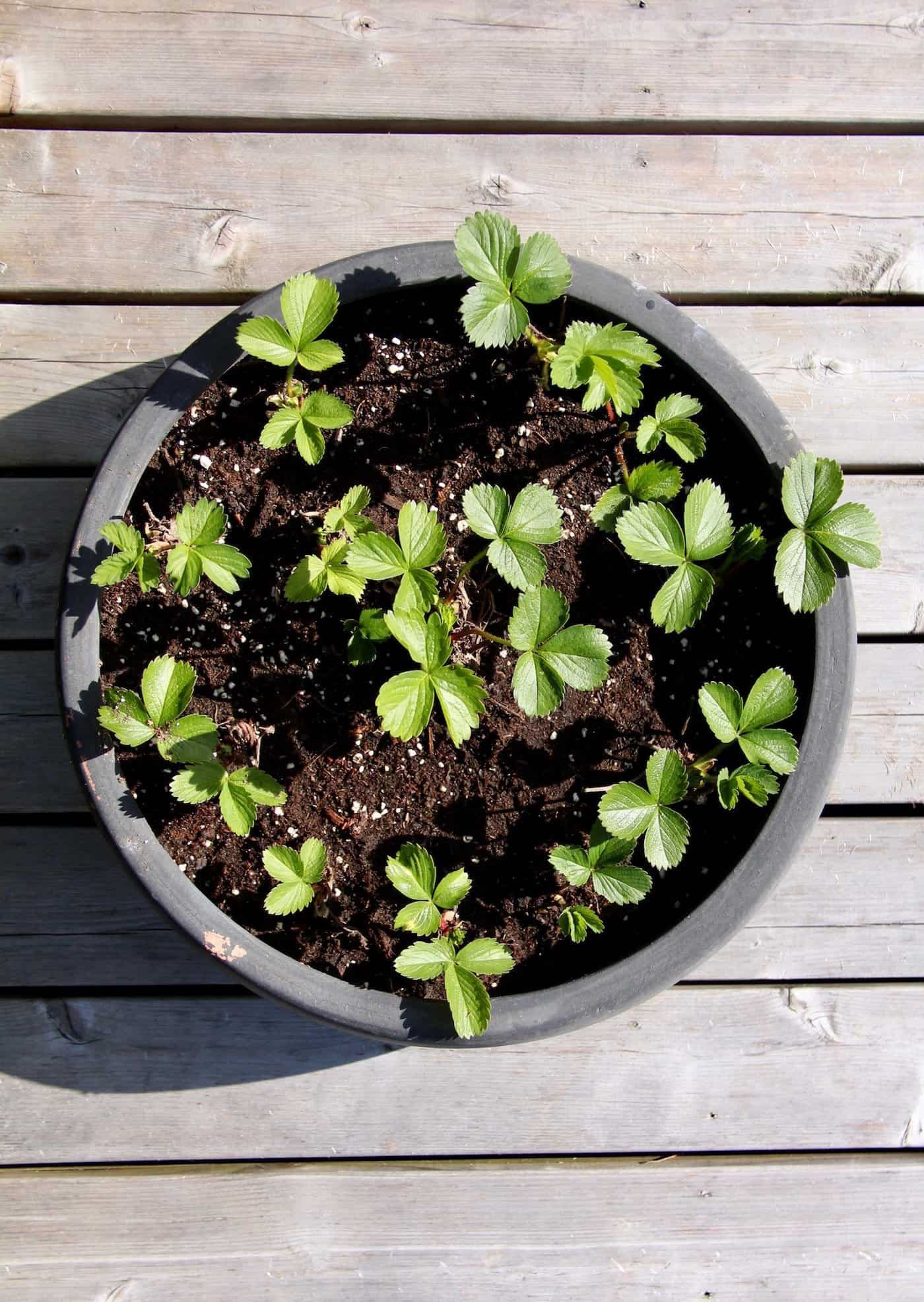
ProMix Organic Potting Soil
So if most high-quality organic potting soils have similar ingredients, why is ProMix better? The biggest difference I've found between ProMix soil and other high-quality soilless potting mix available in my area is that the line includes an additional ingredient: mycorrhizal fungi.
Mycorrhizal fungi benefit your plants by forming a symbiotic association with plant roots. In a mycorrhizal system, the fungus colonizes the root tissue and stimulates increased water and nutrient uptake. This leads to increased plant growth. It's a totally organic way to grow healthier, more productive plants.
Pro-Mix Premium Organic Vegetable and Herb Mix contains the following ingredients:
- Canadian Sphagnum Peat Moss
- Peat Humus
- Perlite
- Gypsum
- Limestone
- Organic Fertilizer
- Mycorrhizae
The peat in the mix provides bulk volume, holding water and nutrients to make them available to your plants. The perlite lets excess water drain while allowing the plant roots to access oxygen. The gypsum provides calcium (very important for your tomatoes!) while the limestone neutralizes the pH of the peat moss. The organic fertilizer provides nutrients for your plants and the mycorrhizae colonize the roots to stimulate increased nutrient absorption.
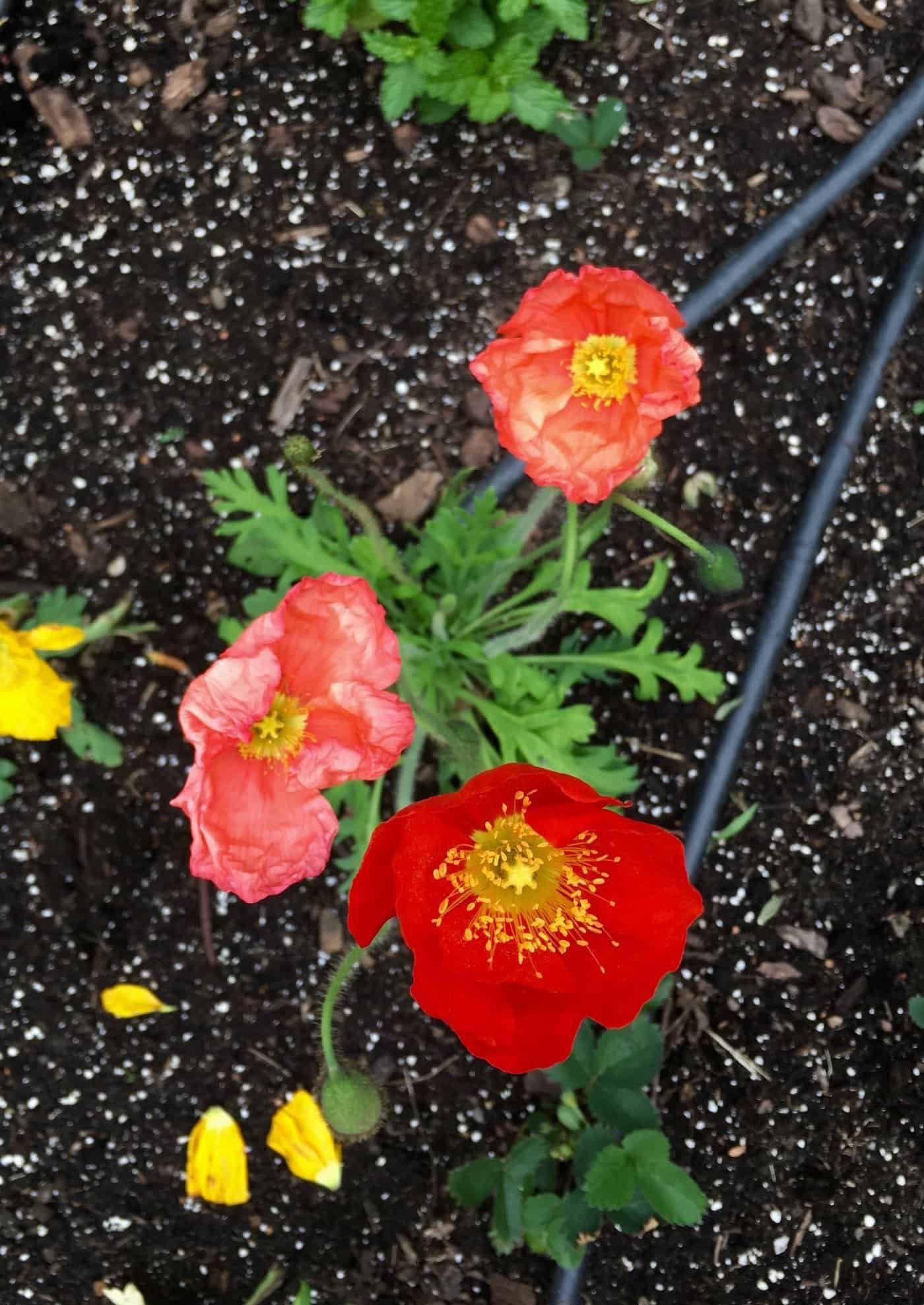
Using ProMix Vegetable And Herb Mix In The Garden
I've had excellent results with ProMix Organic Vegetable and Herb Mix. The soilless potting mix works well in the larger containers in my patio herb container garden, as soil preparation in my berry walk garden, and as the top layer of soil in my new deck raised beds. I've used it to grow annual vegetables, herbs, and flowers, as well as perennials like blueberries and raspberries.
The mix is light and fluffy. If you pick up the bag in the store beside a bag of generic soil, it will feel lighter due to the lack of heavy filler ingredients. The lightness of the mix allows it to retain porosity in your garden, allowing roots to access air and water (without becoming waterlogged). Due to the peat content, the mix may become hydrophobic if it's allowed to dry out completely. If this happens, soak the soil in clean water to re-hydrate it.
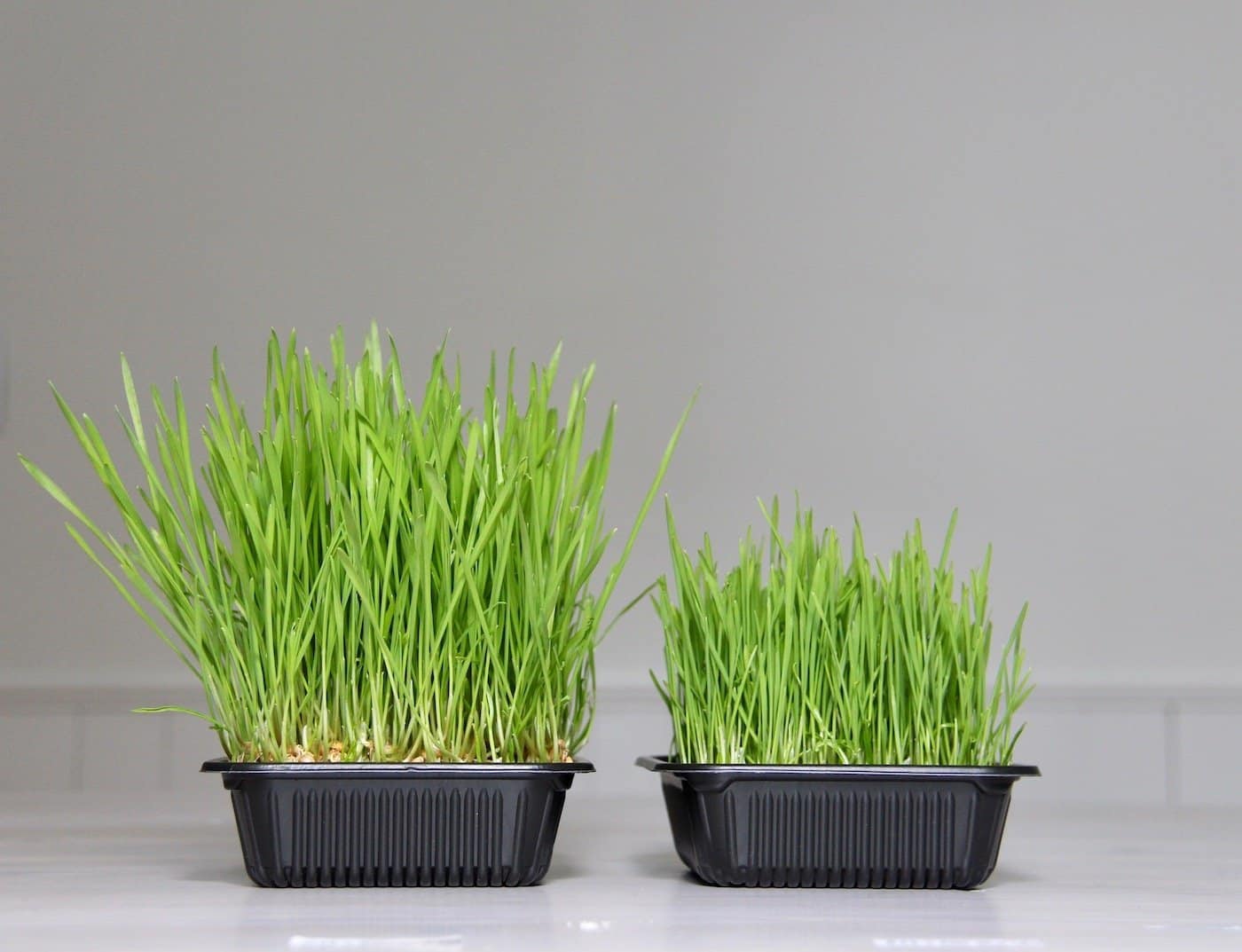
Using ProMix HP For Microgreens & Wheatgrass
I also use ProMix for my wheatgrass and other microgreens. I used to just sprout the seeds in water, which does work, but I've found using a bit of Pro-Mix HP leads to better production more consistent growth. The greens are also more likely to survive if I forget to water it!
I did a little experiment for this ProMix review with my wheatgrass trays. I found that the trays grown with ProMix (pictured above, on the left) grew faster and produced more wheatgrass than those grown with out it (pictured on the right). I now grow my organic wheatgrass with ProMix throughout the winter. Here's instructions on how to grow your own wheatgrass if you'd like to give it a try.
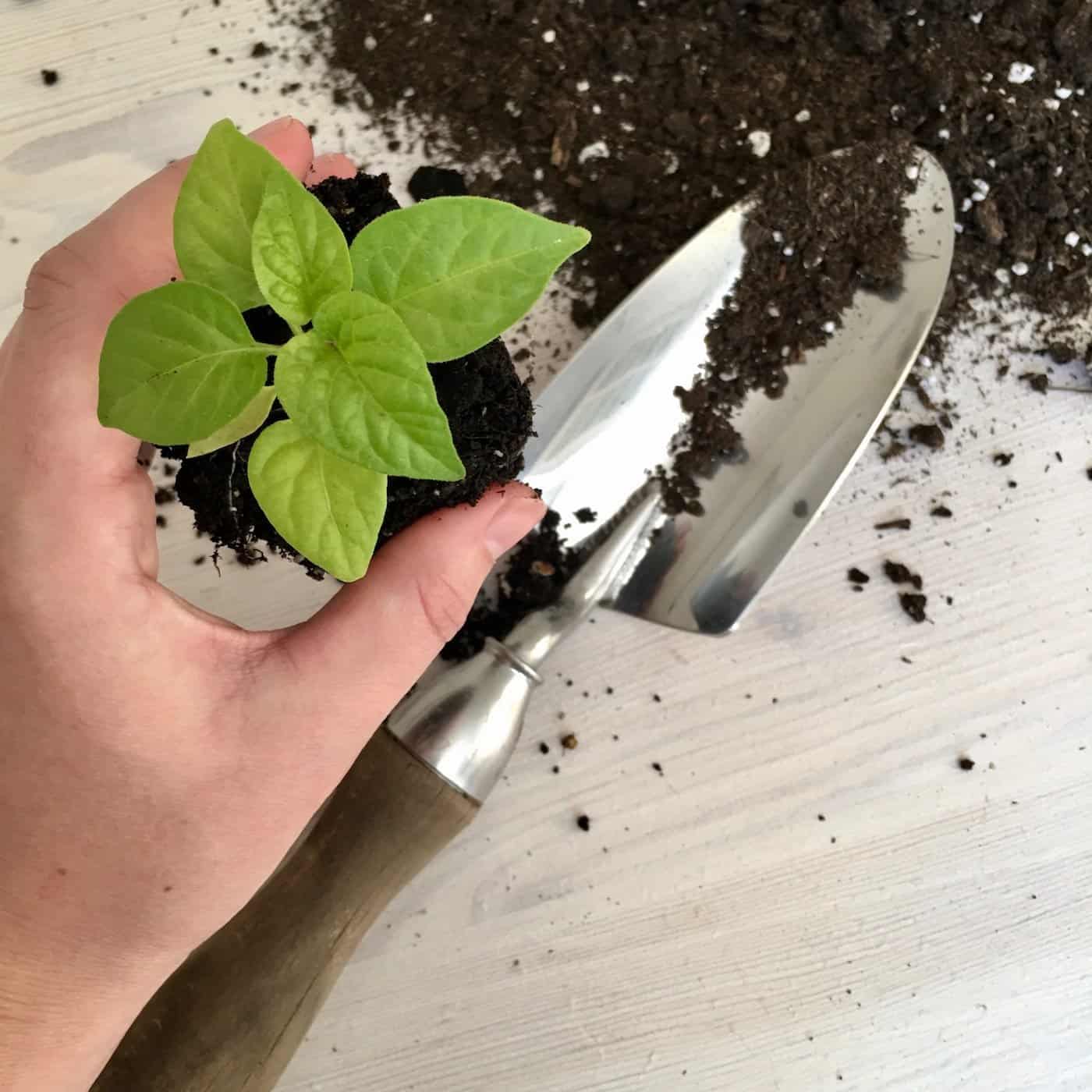
Is ProMix Worth It?
The best potting soil can be more expensive than generic options, but in my experience it's been well worth it. I'd rather spend a bit more money up front and then have a successful garden than have to re-do work or pay to replace lower quality products. If you still don't want to spend the money, try making your own DIY potting soil.
What To Mix With Pro Mix For Vegetable Gardens
Source: https://www.homefortheharvest.com/promix-soil-best-potting-soil-mix/
Posted by: larsenshationce.blogspot.com

0 Response to "What To Mix With Pro Mix For Vegetable Gardens"
Post a Comment